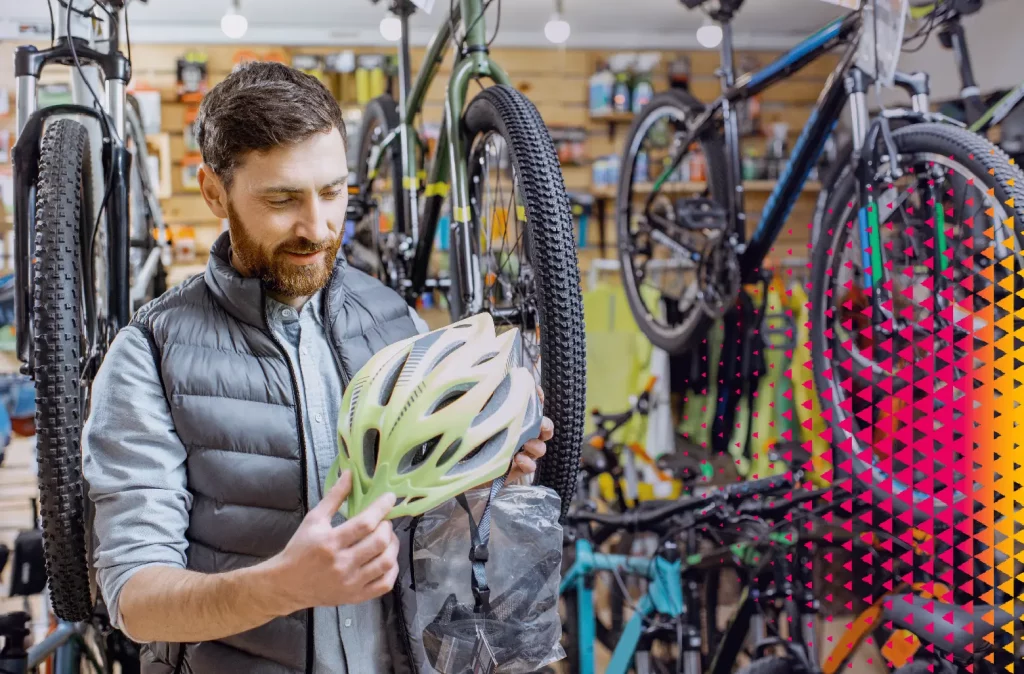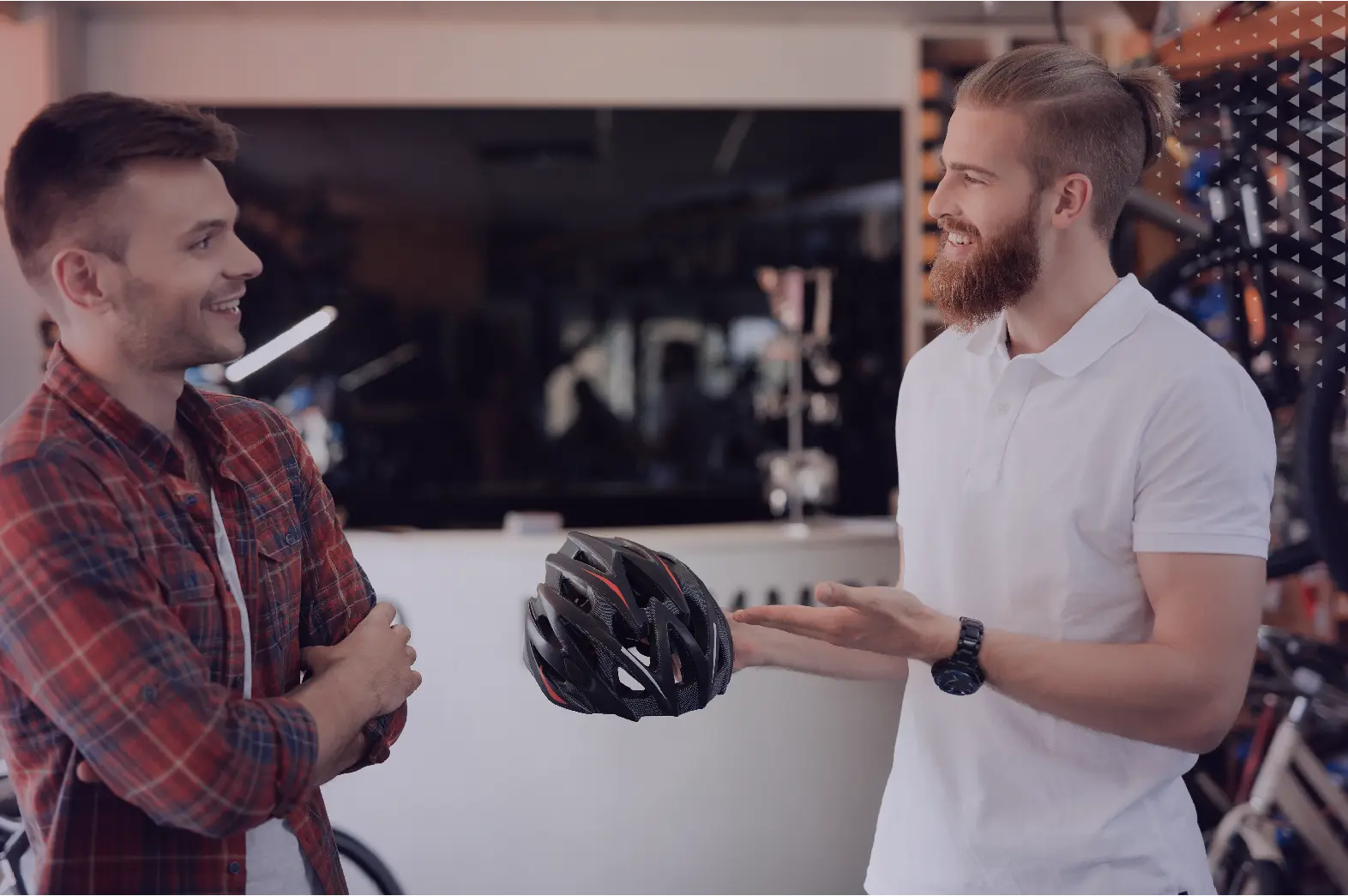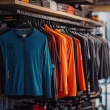PPE Standards in Sports: What Are the Rules for Rental Companies?

Personal Protective Equipment (PPE) is essential for ensuring worker safety and is governed by stringent regulations to mitigate various hazards. Similarly, in the sports sector, PPE is regulated to protect athletes and enthusiasts. Just as French labor laws require employers to protect their employees’ health and safety, rental companies must adhere to specific regulations when offering sports equipment to customers.
What types of equipment are involved? Who must comply with these regulations, and what standards must be met? Here’s everything you need to know about PPE in sports!
What is a Sport and Leisure PPE (EPI-SL)?
PPE standards are governed by European directives, which set minimum protection requirements (European Regulation 2016/425). These rules also apply to sports PPE, known as PPE-SL (Sports and Leisure Personal Protective Equipment).
According to Article R322-28 of the Sports Code, PPE-SL is defined by three criteria:
- A combination of several devices or means assembled by the manufacturer to protect against multiple risks during sports or leisure activities;
- A protective device or means attached, separably or inseparably, to non-protective individual equipment, worn or held by a person during sports or leisure activities;
- Interchangeable components essential for the PPE-SL’s proper functioning, used exclusively with this PPE-SL.
Additionally, any linking system included with the PPE-SL to connect it to an external, complementary device is considered an integral part of the PPE-SL, even if it is not intended to be worn or held permanently by the user during exposure to risks.
What Sports Equipment Falls Under These Rules?
From sunglasses and climbing harnesses to helmets and mountain bikes, a wide range of equipment falls under the sports code. The complete list is available in Annex III-3 of Article R322-27. Equipment is classified into two categories:
- Category 1: Simple design equipment where users can judge the effectiveness against minimal risks and the effects are perceived as harmless, such as sunglasses (excluding those for eclipse radiation protection), and PPE-SL that protect against minor shocks and vibrations that do not impact vital body parts.
- Category 2: Equipment designed to protect against intermediate risks that could cause irreversible injuries and fatal risks.

The PPE-SL in Question
On a chilly December morning in 2013, a ski slope accident highlighted the importance of PPE. The fall of Formula 1 driver Michael Schumacher captured significant media attention, with his helmet quickly coming under scrutiny. The helmet’s protective integrity failed upon impact, as it had a camera mounted on it. Initially, blame was directed at the camera manufacturer, followed by the helmet and ski bindings manufacturers. Eventually, the investigation turned to the rental store that provided the equipment. Although the protective gear was ultimately exonerated, the incident prompted a swift response from industry professionals and public authorities.
While initial PPE regulations date back to 1989, the first binding obligations for winter sports activities were introduced in 2009. Since the 2014/2015 season, in-store inspections have become a routine practice.
Are you a ski rental business owner?
For alpine skiing, relevant PPE includes helmets for skiers and snowboarders (NF EN 1077, December 2007) and goggles (NF EN 174, October 2001).
Do you own a bike rental shop?
In cycling and road cycle touring, PPE includes helmets (NF EN 1078+A1, February 2013). Furthermore, to prevent serious head and face injuries, the December 21, 2016 decree mandates that cyclists and passengers under twelve must wear a fastened helmet that complies with PPE regulations while riding. This is crucial information for your rental customers. Among the PPE used in mountain biking (gloves, elbow pads, back protection), only helmets are subject to an AFNOR standard.
What Standards and Regulations Must Be Followed?
Sports PPE is subject to various regulations, including the sports code, labor code, and consumer code. Key requirements include:
- PPE-SL must comply with CE standards and have a CE declaration of conformity available for inspection;
- PPE-SL must include technical documentation, such as equipment plans and details, prototype test evidence or results, a list of essential health and safety requirements considered in the design, a description of the control methods used, and an information notice.
What Are Your Obligations as a Rental Company?
As a rental company responsible for providing PPE-SL (considered second-hand), you must ensure that they meet the manufacturer’s specified conditions and are properly maintained.
You must appoint a qualified referent within your organization to verify the implementation of best practices. The standard requires maintaining a register of all life or management sheets for the equipment, which can be either digital or paper-based.
Each life sheet, unique to each piece of equipment, must be completed by the referent. These sheets should include the date of manufacture, purchase, and maximum usage duration. Comprehensive maintenance must be performed at least every 12 months and recorded in the register. Any significant event affecting the equipment (such as adding an option, sticker, or numbering) must also be documented.
Manufacturer-recommended operating and maintenance instructions must be linked to each life sheet.
During an inspection by a DGCCRF inspector, this register must be up-to-date and available for on-site consultation by the administration and customers. Additionally, each sheet must be retained for three years after the equipment is disposed of or removed from stock.



